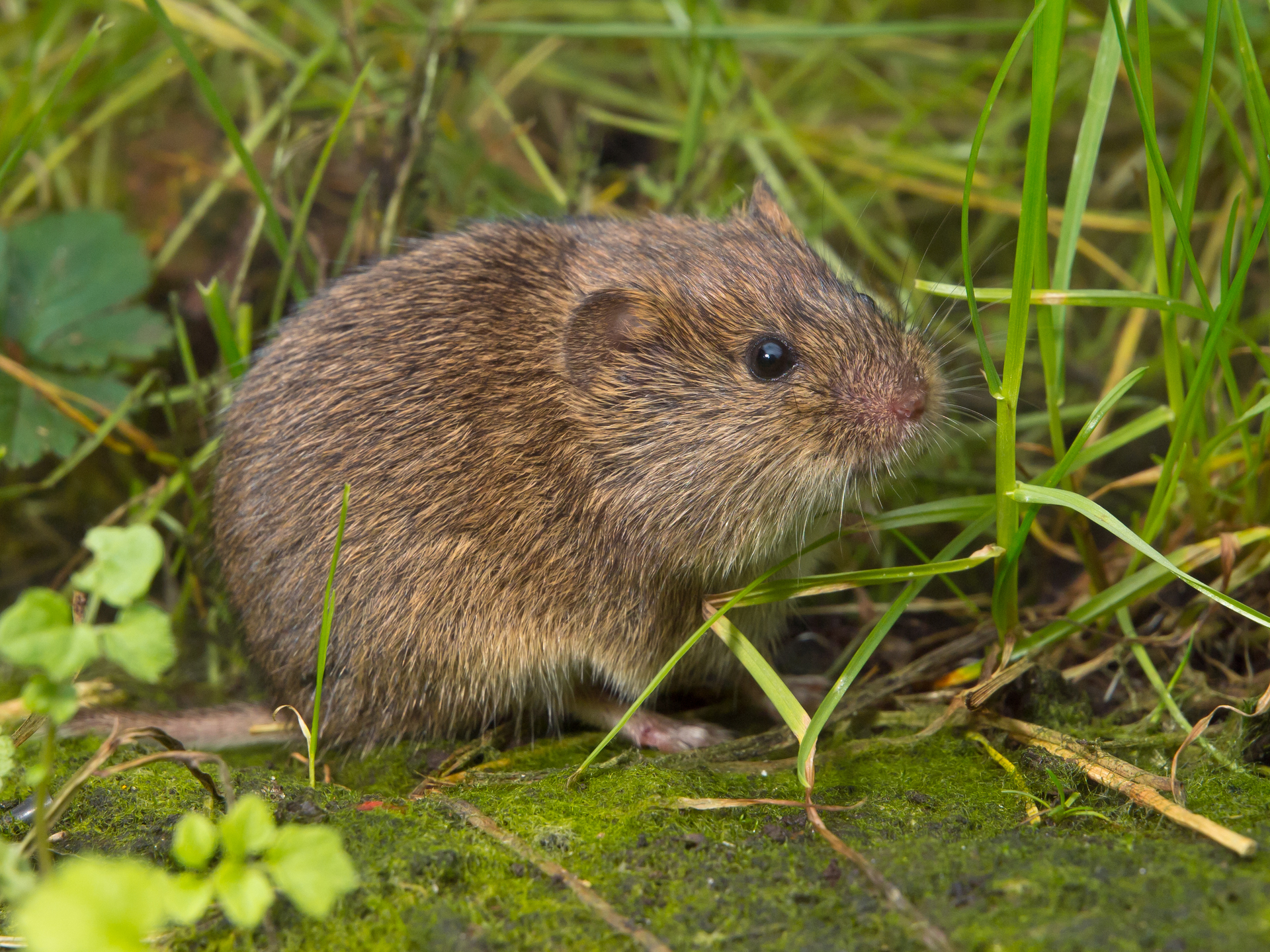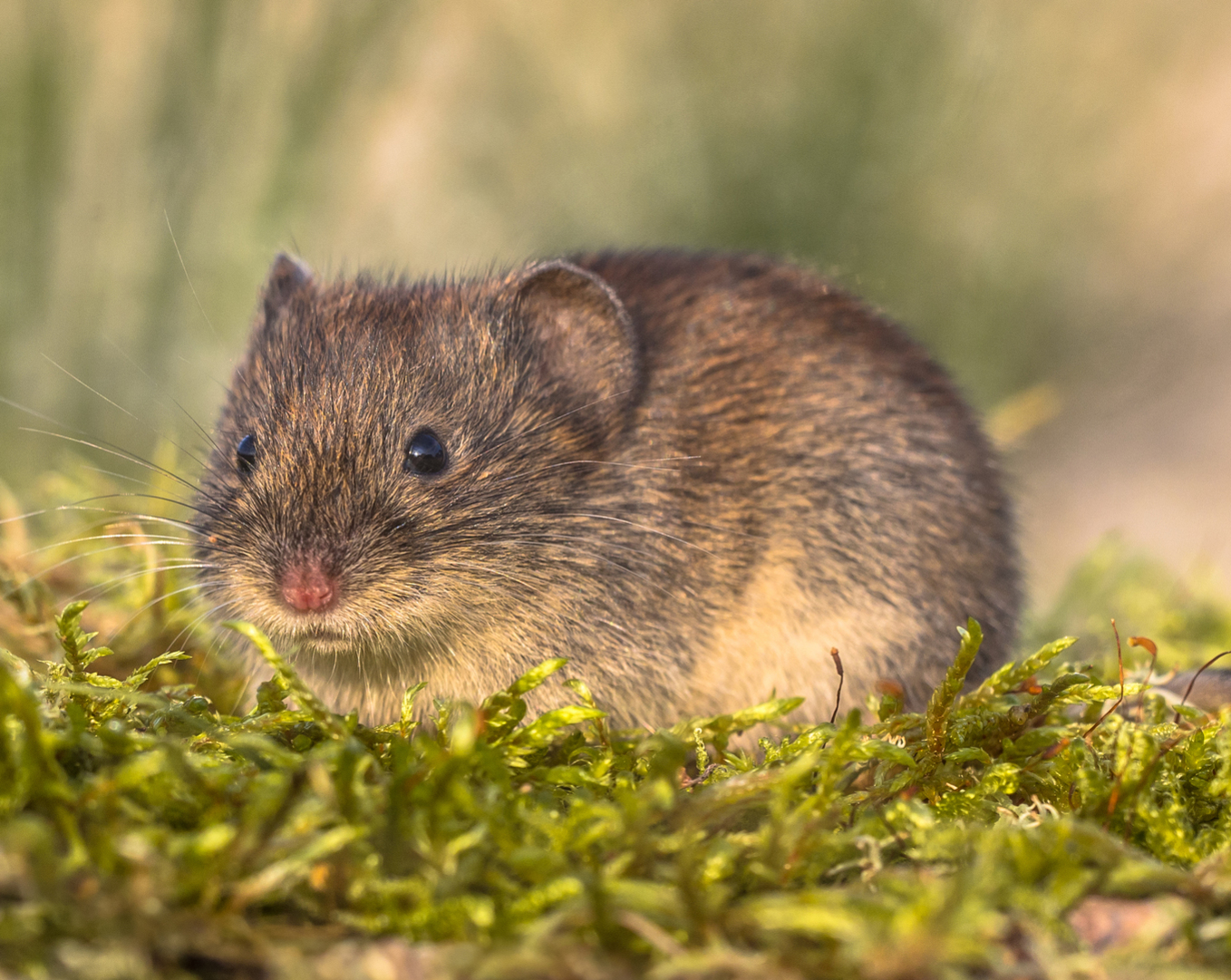See the mice in their million hordes
Posted on 8th November 2022 at 08:27
See the mice in their million hordes
David Bowie may just have over exaggerated a little bit with that line from Life on Mars, just a wee bit. But its true that mice do come in sizable infestations from time to time and the super swarms of mice that we see making the news in countries like Australia are one off event and due to several unique factors; the mouse problems that we get in and around Reading bear no comparison.
Autumn and even though we’re approaching late November, it still is the autumn, see’s the event of mice coming into homes and businesses in their annual inward migration. Being so small and susceptible to cold weather means these pests which are a group of rodents comprising of shrews, mice and voles which we collectively term ‘field mice’ all want someplace warm to see out the winter.
Autumn see’s a tidal wave of small furry rodents all seeking the best place to hunker down and we have see a summer where many female mice would have produced around ten litters of pups, meaning that each female is giving birth to between 50 and 80 other mice. With short life spans, those early baby mice would have bred this year and gone on to produce their own broods, so Mr Bowies isn’t far wrong when he describes mice in their million hoards.

But what is a mouse, what is a shrew and what is a vole and does any of it really matter? Well, yes it actually does!
Professional non-toxic mouse control in Reading
These millions of mice form part of a food chain that supports owls, kestrels, buzzards, and other birds of prey including members of the crow family like magpies. They are important to these birds survival and although pests we shouldn’t use rodenticide to control them, the reason for this is that the active ingredient in rat and mouse poison stays inside the animals body, this poison is transferred straight to the birds which can in high enough concentrations, kill them.
But it says rat and mouse poison on the box?
When you purchase a box of rodenticide, it will say on the front – RAT AND MOUSE which suggest that this product is suitable for use on mice and that’s what your problem is. But if you look on the rear of the box, you’ll find written in very small print something like: Target species – Mice (Mus musculus) Rats (Rattus norvegicus). This means that the mouse killer is suitable for mice but a certain type of mouse; the house mouse which is uncommon in Reading.
The fact is that RAT AND MOUSE KILLER is only to be used for house mice and rats; these two species are found in and around our homes and pretty much nowhere else. But surely a mouse is a mouse? The little creature that whizzed through the house last night? It most likely wasn’t a house mouse or a rat but a field mouse as their numbers are so great and with the ability to squeeze through a gap the size of your little finger, a common pest especially at this time of year. We have put together a guide to these animals that can be seen as pests when they’re inside your home, but not to be confused with those pests that can be poisoned.
In the UK we have 10 species of mice, voles and shrews and these form an important part of the natural cycle of life, well to throw in some confusion it seems that we now have 11 with the introduction of The Greater White-toothed Shrew but that’s another blog. These are:

The House Mouse - 'Mus musculus'
As the Latin name suggests this is quite a chunky, large mouse, and uniformly grey in colour with large ears and smaller eyes than found in other species – they have adapted to our artificial light and now have smaller eyes as a consequence. The house mouse has a hairless tail which is the same length as its body, they have a very strong pungent aroma which is easily detectable. It originated long ago in Asia and has since successfully colonized the whole world.

The Field Mouse - 'Apodemus sylvaticus'
This is the culprit of many a ‘mouse’ sighting in Reading, with sandy brown fur on the top with a white belly, these have much larger eyes than its urban cousin, again with a long hairless tail, around 9cm in length. Lightening quick and often seen as just a blur, these are the most common of all the mouse species in the UK, they are extremely cautious and will dart about sniffing anything unfamiliar before approaching. Field mice are extremely good jumpers and skilled climbers, we have seen them run up vertical brick walls and enter through redundant pipe holes in the brickwork. These animals thrive in gardens all over the area and this is the most common and widespread of all the mice species.

The Yellow Necked Mouse - 'Apodemus flavicollis'
Another close relation to the field mouse, so much so, it was only identified as a separate species in 1834, this mouse has a distinctive yellow band around the neck area, they are found almost exclusively across southern England and as far north as the Midlands, this is another common mouse that we deal with across Berkshire and one we trap regularly. It has slightly larger ears than the field mouse, and comes in just a little big bigger at 10cm’s, the mouse’s coat colouring is darker than the field mouse and again it has a white belly.

The Harvet Mouse - 'Micomys minutus'
As the Latin name suggests this is quite a chunky, large mouse, and uniformly grey in colour with large ears and smaller eyes than found in other species – they have adapted to our artificial light and now have smaller eyes as a consequence. The house mouse has a hairless tail which is the same length as its body, they have a very strong pungent aroma which is easily detectable. It originated long ago in Asia and has since successfully colonized the whole world.

.
The Bank Vole - 'Myodes glareolus'
The smallest member of the vole family, the bank vole closely resembles a mouse with just a few subtle differences: it has a shorter, stouter body and a slightly more rounded head topped off with tiny ears and eyes. Bank vole also have shorter, more hairy tails than field mice, they are reddish-brown coat with a grey underside, the main way of telling the difference between voles and mice is body shape. We see these inside properties from time to time.

The Water Vole - 'Arvicola amphibious'
The water rat or the character Ratty from Wind in the Willows is endangered because of the amount of confusion between itself and the Norwegian rat; as such they are protected in the UK. If you’re out walking and you disturb one, you can tell it’s a water vole and not a rat by the distinctive ‘plop’ sound it makes as it dives into the water. These are completely harmless and their numbers have declined by 90% in recent years, to protect them you cannot put rodenticide down within 10 metres of a watercourse.

The Field Vole - 'Microtus agrestis'
These are extremely common voles found in rough grassland all over Berkshire, they tunnel through the grass making runs and so they often travel unseen from us; houses in rural areas or backing onto rough ground commonly have these. The difference between the field vole and the bank vole is the tail size – another name for the field vole is the short tailed vole. They grow to around 10 cm in length and with a brown coat with a pale grey belly, these have a shaggy appearance when compared to the field vole

The Pygmy Shrew - 'Sorex minutus'
My favourite ‘mouse’ these are amazing, they are tiny rodents which live and feed off invertebrates in the leaf litter, they have an incredibly high metabolic rate these must eat every few hours or so and they’re always on the go. With a great sense of smell from their elongated nose, their small size means that they can squeeze through gaps underneath door frames and full length window frames where they’re searching for insects in wind-blown debris. They are only 5cm in length and because of this, they can squeeze through the smallest of gaps and find their way inside which is sadly, a very common occurrence.

The Common Shrew - 'Sorex araneus'
This is another common shrew found all over the rural areas of Berkshire and they are active both day and night - these shrews have a habit of forming caravans. Baby shrews grab hold of the tail to the shrew in front and they form a chain all attached to mother shrew who leads the way, and they move around like this in a furry mouse train, cute or what? Common shrews grow to be around 8cm long with dark brown fur with a pale underside; shrews adapt to winter by shrinking, their bodies can shrink by as much as 20% with a return to normal size in the spring.

When it comes to dealing with your mouse pest, whether or not it’s a vole, mouse or shrew the correct approach is not to reach for the poison, despite what it says on the box. Here at All Aspects Pest Control we trap all our rodents (including rats) whenever and wherever possible: with the use of different coloured tracking dust applied to suspected entry points, we can correctly identify the entry point. Once we’ve found the animals’ entrance, we seal this up along with any other potential access points, then we trap out the resident population to leave you not only rodent free but now in a position where you’ll stay that way for good.
Tagged as: Mice
Share this post:





